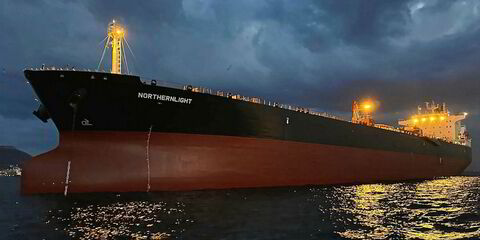The $5.25 billion project to widen and deepen the Panama Canal could open up a multitude of opportunities for future LNG exports from the US.
The Caribbean could also prove a lucrative market on the nation’s doorstep with the US hotly tipped to become a major gas exporter, according to one gas industry expert.
To date, only Cheniere Energy’s Sabine Pass project has been given the green light for LNG exports from the US but many others are waiting in the wings.
Assuming they come on-stream, as seems likely, there could be a plethora of market outlets for US gas.
“With only one terminal actually approved for export it is hard to say exactly where it would go,” Jay Copan of the American Gas Association said of US LNG potential.
“But I think certainly from the Gulf Coast, smaller scale LNG in the Caribbean has great potential.
“We have talked with a number of countries in the Caribbean basin that are looking at making LNG a very important part of their energy mix.
“For example, Jamaica has talked about LNG as their basic foundation fuel for growing their economy in that area.”
Copan, who is executive director of the LNG 17 conference in Houston next spring, also said the widening and deepening of the strategic Panamanian waterway would have “a very interesting impact” on how the US LNG market develops.
“There has either been one or zero… LNG tankers that have ever gone through the Panama Canal. But now all of a sudden the route to Asia could become very different that what it used to be,” he said.
The canal project is due to be completed as planned at the end of 2014. It could present Asian nations such as Japan, the world’s largest LNG importer, with supply alternatives to South-east Asia, Qatar and, in the future, Australia.
Although Cheniere’s LNG export project has been signed off, the US Department of Energy has said it will delay the findings of a study on the impact of LNG exports on domestic gas prices until after November’s presidential election.



